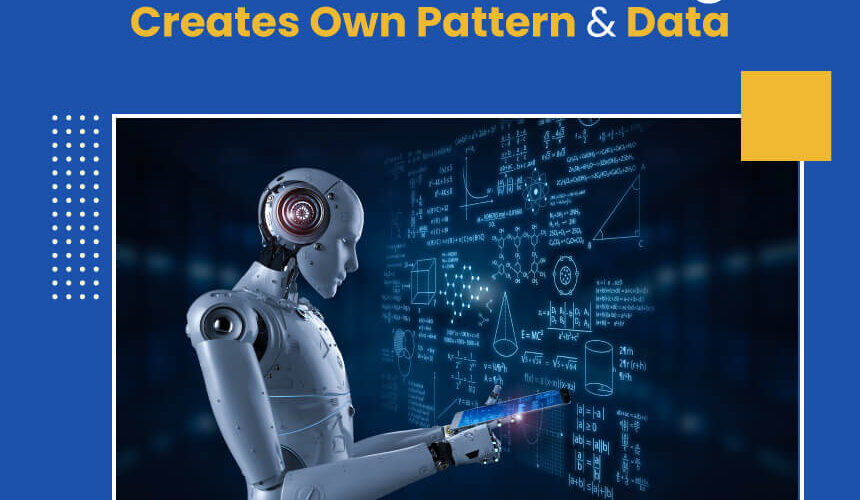Any new technology in a company comes with its own set of obstacles. Early adopters must deal with new and unproven procedures, overcome a lack of knowledge and resources, and jeopardize their current operations. And, for manufacturing companies considering the impact of transformative digital technologies like machine learning, big data analytics, and the Industrial Internet of Things (IIoT), the accelerating pace of change and broad impact of these technologies across the industrial enterprise only adds to the challenges.
The benefits of successful deployment (for leaders) or the repercussions of failure (for laggards) will be transformative. Yet, without a conventional approach or structure, it’s fair to be hesitant to implement a technology that affects the entire company. Waiting for a new framework or strategy platform to emerge may not be a feasible business option in the meantime.
Part of the solution to this problem is integrating new technologies into old business process frameworks. By incorporating machine learning technology into well-established operational excellence (OE) methods like Lean, Six Sigma, and the Toyota Production System, for example. Indeed, today’s machine learning technology can breathe new life into manufacturing and business operations that have hitherto relied solely on historical data. Machine learning can aid in advancing OE principles into the realm of in-process manufacturing quality control and business optimization in real-time. It can also assist in developing new and lucrative flexible manufacturing prospects.
The fundamentals of machine learning
ML in short, is closely related to data analytics and covers the use of algorithms to learn directly from data and automatically alter machine behavior based on this new information. This contrasts with more rigid approaches that rely on explicit programming and a priori knowledge of machine dynamics. Another way to think about ML is that it is a process in which a computer “creates” its software by analyzing data patterns and relationships. Multi-layered algorithms for identifying and responding to very complex designs are also referred to as “deep learning.”
ML will significantly impact OE in the manufacturing industry, especially given the integrated perspective of industrial supply chains that span organizational boundaries. With the continued development of communications and collaboration platforms like the Digital Manufacturing Commons (DMC) currently under development by the Digital Manufacturing & Design Innovation Institute, these effects may well exceed the initial impact realized when OE concepts and methodologies were first introduced will accelerate (DMDII).
Features of the solution
There are essential factors to consider when picking a development platform for machine learning applications, just as implementation issues can decide whether a theoretically good OE program is effective in practice.
Training using partial or sample data may result in an erroneous model that is difficult to accept. For such applications, a platform that can construct and train models on enormous volumes of complete data sets with complicated initial dimensions efficiently and cost-effectively is required.
Reduce feature engineering requirements to make algorithms and models easier to deploy and maintain for the ordinary process or manufacturing engineer. It’s preferable to have a platform that allows simple, minimum (and, preferably, no) feature engineering.
Allow machine applications to exist and function at the edge. Models should be as lean and platform-agnostic as possible, with the scalability to co-exist in cloud-based, enterprise environments and at the border (the manufacturing floor) to stretch the manufacturing “loop” to encompass the entire supply chain as needed for widespread adoption and rapid deployment.
Plan for collecting and fusing various data sources across organizations so that benchmarking and macro trend analysis may be performed. A natural extension of current OE programs is the long-term study of key performance metrics throughout a distributed manufacturing value chain. A machine learning development platform must have a standard, distributed architecture for combining manufacturing data with machine learning recipes or “apps” in a user-friendly, intelligent manner.
Experimenting quickly
Both batch and continuous production processes can be influenced by machine learning. In reality, it can give ongoing operations with analytics and “in-process-quality” capabilities that were previously only available in batch manufacturing. Quality at the expense of time (to market) and scale will quickly become a bygone era: ML will progressively enable quality while allowing for speed, scale, and flexibility. For constant manufacturing industries like steel, new, customer-responsive, and adaptable business models are now conceivable.
While there is extensive IIoT infrastructure in production and process automation systems, the IoT also connects and enables real-time analytics in inventory, distribution, and logistics activities. Secure cloud environments equip both ends of the supply chain (suppliers and customers) with collaborative technology, providing fertile ground for intelligent OE applications across organizational boundaries.
Except for a few brave early adopters, significant hesitancy and even anxiety can be expected when considering deployment modalities. More conservative organizations can adopt a more measured approach. Instead of immediately closing the loop on the entire supply chain, “augmented intelligence” machine learning algorithms can be the first coach and advise, with the possibility of closing the loop later.
Conclusion
Manufacturing operations’ rich automation infrastructure, together with IoT-enabled logistics and collaboration, enables today’s intelligent, value-focused operational excellence systems to generate customer loyalty while also increasing company value and competitiveness.
Applying ML as part of an intelligent operational excellence methodology is one of the quickest ways to extract value from current IIoT infrastructure, both for production automation and equipment condition monitoring. It’s also the best way to determine the best investment strategy for installing new IoT applications.
To know more about machine learning in business operations, contact ONPASSIVE.
Source link




